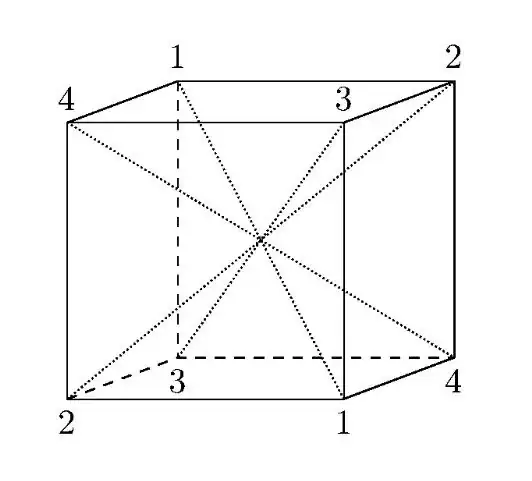I'm trying to construct an epimorphism φ from S4 to S3 such that:
H = ker(φ) = {(1),(12)(34),(13)(24),(14)(23)}
where H is a normal subgroup of S4, contained in A4 and isomorphic to the Klein 4-group.
I've tried to look up the question here and I've found out some similar threads like these ones:
but if it's possible I'm looking for a more immediate and natural way to construct it.
Does anyone have some ideas?
Thanks in advance for your kindly help.
Editing:
Now it's clear how to construct the required morphism.
What about finding it without using that H is normal?
